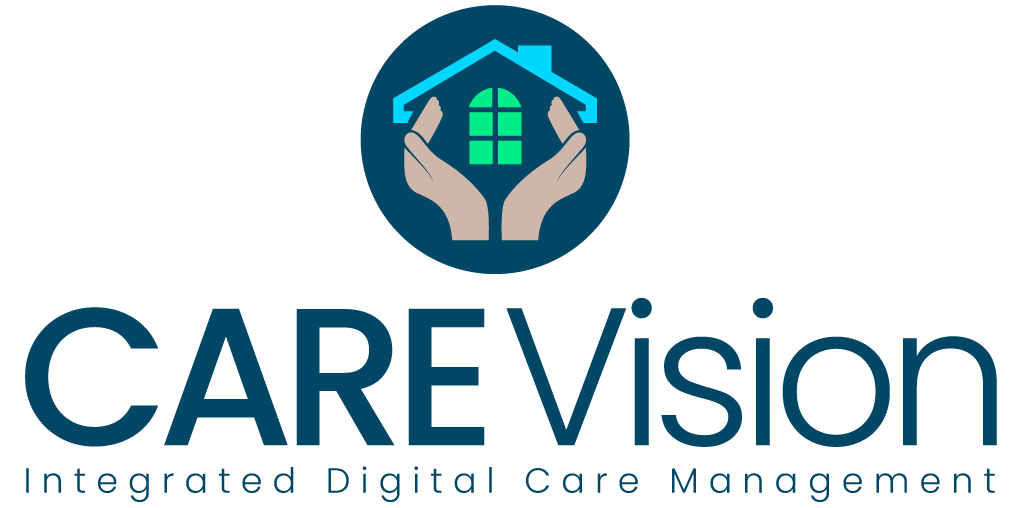According to the NHS, around one in six of us have hearing loss to some degree. Seven out of ten of those affected by the issue are over the age of 70 (SOURCE: https://www.nhsinform.scot/campaigns/deaf-awareness-week-2024/). Living with hearing loss can bring many practical difficulties around communications and safety; however, it can also lead to people feeling isolated, misunderstood and unheard. It can also exacerbate other conditions, such as depression. One week in early May is dedicated every year to raising awareness of these challenges. Deaf Awareness Week, running this year from 6 to 12 May, also aims to champion and celebrate those who are affected by hearing loss and those who work to support them.
Hearing loss is something that many people become more prone to as they age. As such, it can affect a high percentage of older care home residents. There are several ways in which care staff can support people with hearing impairments and make their lives easier and safer. Care Vision’s digital care management system is a powerful tool in this regard. Technological advances are introducing more assistive features and apps to help people with hearing loss than ever before. Add to this increased awareness from staff and resources made available, and there are plenty of ways in which care teams can help increase residents’ quality of life.
Spotting the signs
Carers must be alert to signs that residents’ hearing may be getting worse, especially if they are not immediately clear. Seeming withdrawal from social activities, for example, may not be due to a desire not to engage, but embarrassment over not being able to hear people’s conversations. Asking staff to repeat themselves more often can also be a sign that someone is no longer able to hear quite so well.
It is important to tread carefully if you suspect a resident may not be hearing as well as they used to. The situation should be handled discreetly and with dignity. Observations and concerns about a resident’s hearing and other aspects of their wellbeing and communication abilities can be recorded in the personal record section of Care Vision to help track any deterioration.
A welcoming environment
It seems obvious that a care home should be set up to cater for the needs of its residents. However, some can be noisy places, which can be overwhelming for someone finding it hard to pick out individual sounds, such as a single person’s voice or a television programme. Remember that comprehension will be harder for residents when staff are wearing face masks. Other ways to help combat noise overload can include carpeted floors, curtains and soft furnishings as much as possible to help absorb echoes and reverberations.
Have ‘quiet rooms’ available where people can read or talk to each other without any background TV, radio or music playing. For residents who wear hearing aids, make sure they are supported so that they are able to clean them, keep them safe and replace the batteries – or tell staff when help is required. Install hearing aid loops for users to link to for better results.
Helpful communications
Make sure that all care staff have received training on how best to communicate to people with hearing impairments. You may like to fund training in British Sign Language (BSL) or similar to help staff interact with residents in multiple ways, not just by speaking. Staff should face the person and speak slowly, calmly and loudly, but be careful not to shout, as this will cause the voice to become distorted.
Have instructions, information, updates and news available visually, rather than relying on staff conveying key pieces of information verbally. This can be done via whiteboards, flashcards, physical gestures or electronic means, such as Care Vision messages or updates. Bear in mind that you could also host visitors with hearing loss from, time to time, especially if they are family members visiting older loved ones. Make the same provisions for people coming into the care home externally as you would for your residents.
Safety support
Often, safety measures rely on people being able to hear alert systems such as alarms or messages over a loudspeaker. This is clearly not so simple for people affected by hearing loss. The issue can be helped, however, by introducing systems that use the other senses to alert people to something important. Vibrating alarms, for example, or flashing lights can accompany audible sirens or bells to inform people that an emergency (or planned drill) is taking place.
Again, Care Vision can alert those connected to it to an unfolding situation via text messages, pop-ups and visual signals. When escorting people out of the building during an emergency or drill, allocate a staff member to make sure that everyone with hearing loss is accounted for and helped out of harm’s way.





